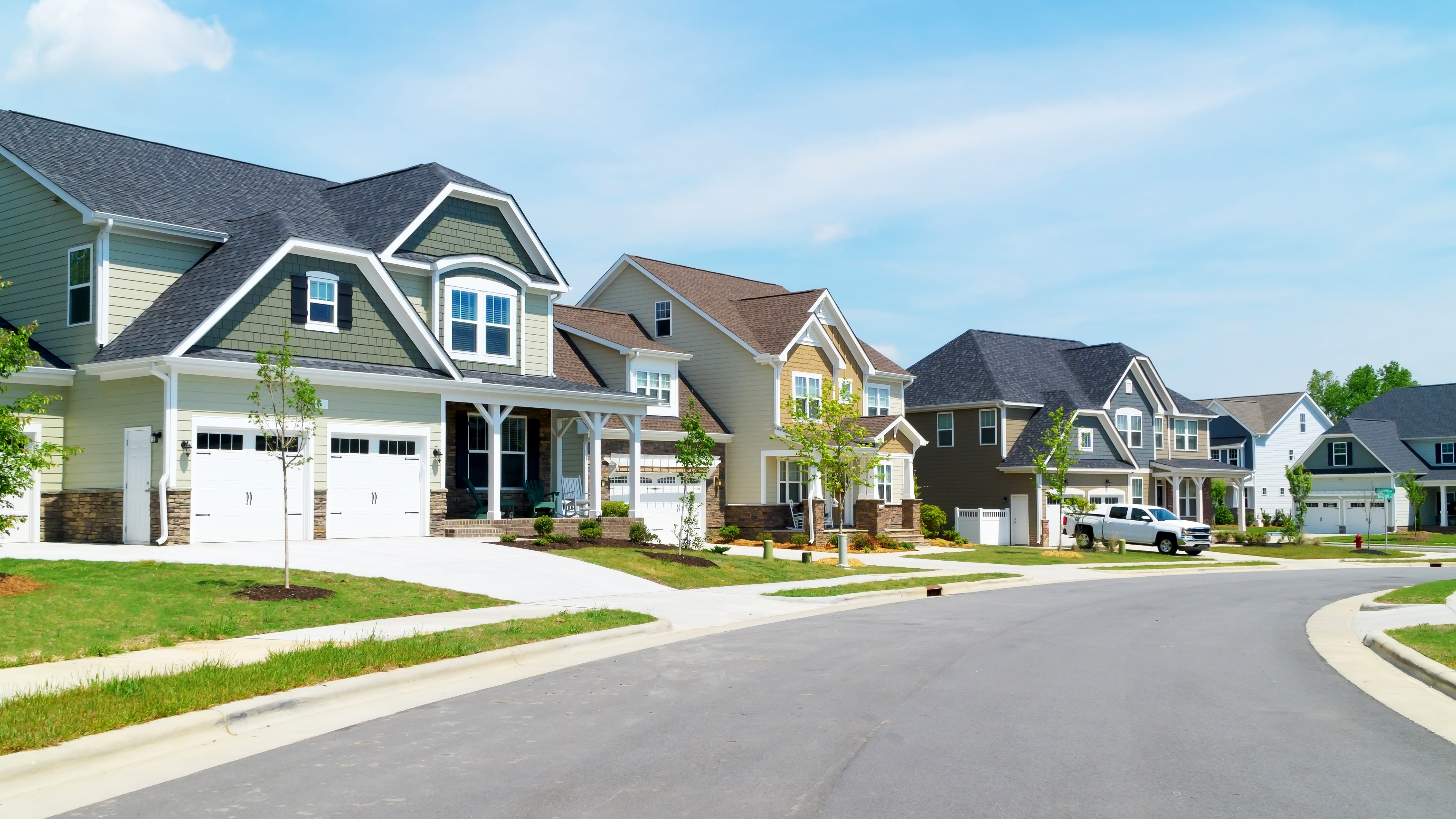 Real estate and taxes—the two go hand-in-hand for homeowners.
Real estate and taxes—the two go hand-in-hand for homeowners.
That’s why a $1.4 trillion tax cut like the one enacted this year can have a big impact on the nationwide housing shortage. But what will it mean for home builders, many of whom are working overtime to keep up with the demand for new homes?
The new tax law brings changes that benefit both builders and home buyers, and industry experts are already speculating about how this will influence new-home starts and sales. All in all, “the legislation supports the American Dream of homeownership and strengthens opportunities for Main Street home builders to add much-needed housing inventory to the market,” says the National Association of Home Builders.
The key changes that could affect builders include:
- Reducing the corporate tax rate builders pay from 35 percent to 21 percent of revenues.
- Retaining the mortgage interest deduction, but lowering the cap from $1 million to $750,000.
- Capping state and local tax deductions at $10,000, including property taxes and the taxpayer’s choice of income or sales taxes.
- Doubling the standard deduction to $12,000 if single and $24,000 if married.
- Retaining seven tax brackets, with rates ranging from 10 percent to 37 percent, providing tax relief for individuals and small businesses.
Tax cuts for home builders
A 14 percent lower corporate tax rate means many home builders will have more money in their budgets to invest in new projects, which could translate to thousands of new home starts across the country. The nation’s 200 top-rated builders, which total upwards of $90 billion, could see millions apiece in tax savings. For example, Steve Hilton, Chairman and CEO of Meritage Homes, expects to save $20 to $25 million a year in taxes.
“That $20 to $25 million will probably be four or five new communities for us, which will result in 20 to 30 additional employees on the Meritage payroll; and probably more than 100 employees that work for our trade partners and vendors that we do business with,” he says.
With more opportunities to get financing and add desperately needed inventory to the housing market, builders will be better able to narrow the supply gap and capitalize on the heightened demand for new housing.
More potential home buyers
Speaking of heightened demand, the tax relief for individuals could help spur new-home sales as taxpayer budgets start to loosen up, making homeownership a possibility for more households.
NAHB economists predict that the new tax law will boost GDP growth over the next 10 years, resulting in more jobs and a stronger economy. Nearly 70 percent of Americans now say they’re satisfied with where the economy is going, and that confidence could translate into more real estate activity. In fact, the mere anticipation of tax cuts helped boost new-home sales heading into 2018, with an 8.5 percent growth in sales alongside an 11 percent increase in residential construction spending.
While some industry experts fear the tightened limits on property tax and mortgage interest deductions will make buying a home seem less beneficial for taxpayers—according to an analysis by Zillow, just 14.4 percent of homeowners will find it advantageous to itemize, compared to 44 percent previously—others believe people will still find homeownership preferable to renting.
A surge in starter homes
Now that mortgage interest rate deductions are capped at $750,000, this might be the perfect time for builders to focus on homes targeted at first-time buyers. With massive tax savings to help counteract the lower margins on starter homes, builders can use their boon to tap into the growing market of buyers looking for affordable homes.
“Under the tax plan, homes will get less tax deductions on the upper end, which could mean builders focusing on the lower end,” says National Association of Realtors chief economist Lawrence Yun.
But attracting millennial buyers takes more than simply building lower-end homes. Builders need to invest their tax savings in projects that will deliver affordable housing with the features young homeowners want, such as energy-efficient amenities and a robust builder home warranty.
Home warranties covering construction defects help build on taxpayers’ confidence by protecting first-time home buyers against major repairs due to structural issues. With a 3rd-party administered new home builder’s warranty in hand, home buyers know they’re getting a well-built home that won’t need expensive repairs right off the bat.
It’s looking like the tax cuts could open up some exciting new opportunities in the housing industry this year—but it’s up to builders to take advantage of them. With a little strategic planning, home builders can leverage the new tax law to increase home sales and capture a share of the growing pool of potential buyers.




